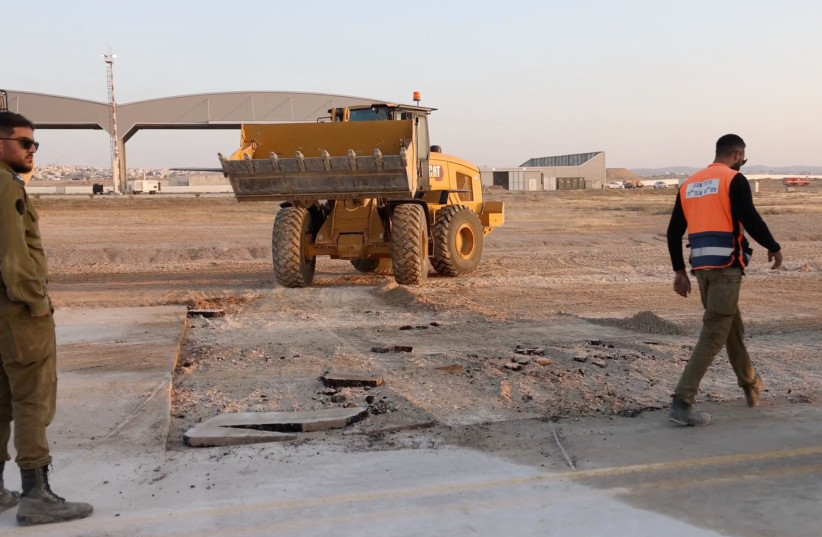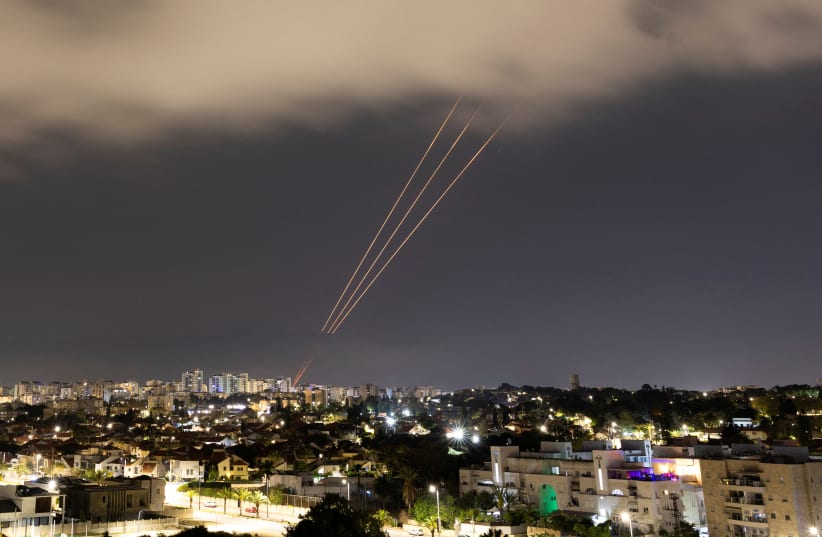On Monday, US Central Command released details of its unprecedented role in confronting the drone and missile threats to Israel on Saturday night and Sunday. “CENTCOM forces, supported by US European Command destroyers, successfully engaged and destroyed more than 80 one-way attack uncrewed aerial vehicles (OWA UAV) and at least six ballistic missiles intended to strike Israel from Iran and Yemen,” it said.
This reveals that out of the 350 drones and missiles launched, almost a third were intercepted by US Central Command and also involved close work with Israel and US European Command. Israel used to be part of the US European Command but moved to CENTCOM’s area of operations in 2021. This was an important move because Israel is in the Middle East and should be part of US Central Command’s region.
However, history has kept Israel out of CENTCOM because, in the old days, Israel didn’t have normalization with many countries in the region. In addition, Israel’s close ties to Europe helped it integrate in the past in European Command. Turkey is also part of the European Command. These days Israel and CENTCOM work closely together and CENTCOM head general Michael ‘Erik’ Kurilla was in Israel days before the unprecedented Iranian attack.


US also playing crucial role against Houthis in Red Sea
CENTCOM downed 80 of the 170 drones Iran launched on Saturday that flew slowly from Iran and it appears some were also launched from the Iran-backed Houthi areas of Yemen. This is clear because US Central Command has revealed in its statement that it struck a ballistic missile and seven drones that were on the ground in Yemen preparing to launch. The Houthis have been attacking ships using drones and missiles as well. Iran said it struck Israel from four directions Saturday night.
Once the US had helped down the 80 drones this left only around 90 for France, the UK, Jordan, and other countries to contend with and would have given Israel the time to intercept the rest. Israel’s air defenses also downed the ballistic missiles and cruise missiles. Iran may have fired 120 ballistic missiles but some failed to launch or fly successfully, meaning Israel didn’t have to use its Arrow 2 and Arrow 3 systems to intercept them all.
